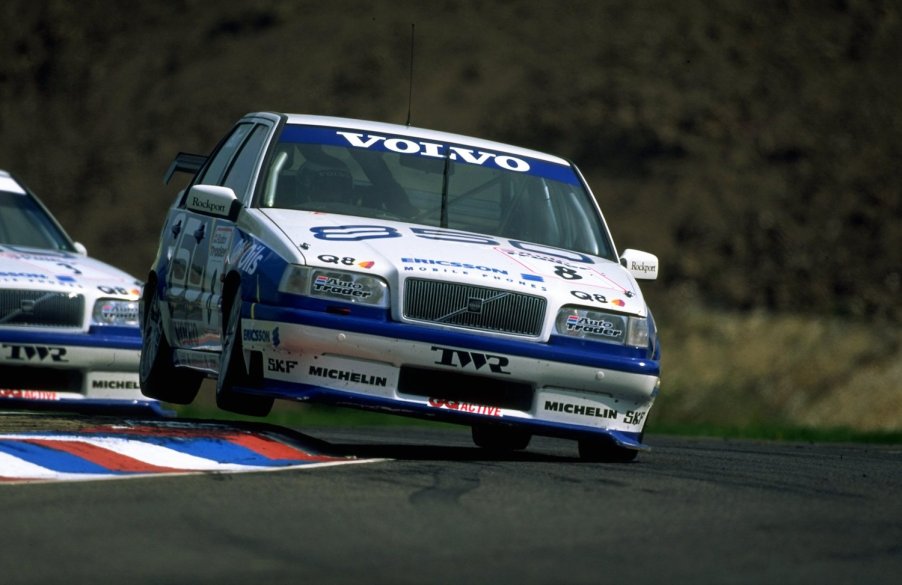
This Was the Fastest Volvo Sedan of the 1990s
Sweden’s Volvo isn’t often associated with speed, but in the 1990s, it created a pure performance sedan which ended up being one of the company’s fastest cars ever. The Volvo 850R set the stage for Volvo in the 1990s with some revolutionary new advances, including its engine, suspension, and safety features. Nowadays, Volvo cars, especially its hybrids, can hold their own against more seasoned speed machines, but back in the 1990s, its safety ratings were all the rage. For now, this is what made the Volvo 850R so special.
Volvo’s 850R had just five cylinders of fury
Under the hood of the 850R is a turbocharged 2.3-liter inline-five. The 850R took the 850 T5-R’s engine and gave it a bigger turbo, new intercooler, manifold, and fuel pressure sensor. This brought the horsepower up from 240 to 250 to the front wheels. With a manual transmission, the 850R could sprint to 62 mph in 6.7 seconds. Unfortunately, the U.S. market never saw a manual transmission in the 850R. However, if you pick the right year, you could import one. If you’re in a strict emissions state, be sure to find the smog equipment from a U.S. market 850R and swap it over. It would probably be much cheaper and easier just to find a domestic 850R and manual-swap it, but there are other reasons to get a proper 850R from overseas.
The Volvo 850R used a delta-link rear axle

New for the 850R was what Volvo called the Delta Link rear axle. It was a simulated independent rear suspension, where the bushings could compress to mimic rear-wheel steering. A very limited run saw the 850R with a limited-slip differential, along with other improvements to the car like a redesigned turbo manifold, a new turbo, a new ECU, and a beefier manual transmission. Unfortunately, the U.S. market never received most of that.
Safety in the 850R was state-of-the-art

The Volvo 850 line saw the introduction of the side impact protection system (SIPS). Volvo gave the car a structure that evenly distributes the force from a crash throughout the car and minimizes impact on the car’s occupants. SIPS incorporates diagonal struts in the sides of the car body with a reinforced frame. SIPS’ purpose primarily lies in protecting the occupants when the car is hit by another vehicle.
How did it drive?
Volvo’s 850R got self-leveling suspension and hydraulic dampers, with big sway bars and traction control. It reportedly handled like a dream when put to the test but was a bit stiff on city streets. Oddly enough, the 850R’s seemingly lesser sibling, the T-5R, handled even better, according to some owners. If you can find a Volvo 850R for sale, you can expect to pay between $15-20,000 for it, and most of them are overseas. Don’t let that discourage you, though, as the 850R is a classic and an icon of the 1990s.


